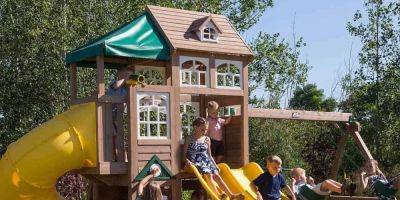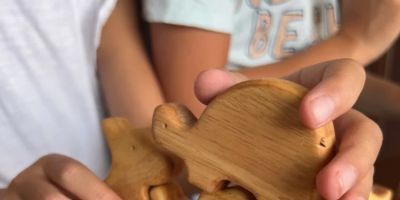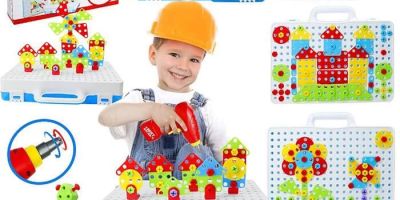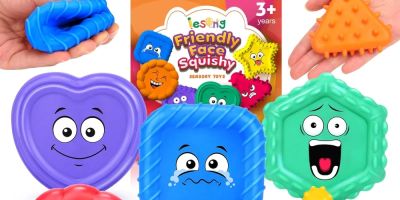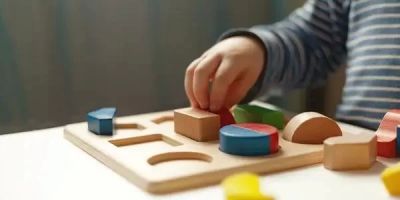- 1 - cognitive-growth-through-play
- 2 - social-emotional-skills-development
- 3 - language-and-literacy-advancement
- 4 - creative-thinking-and-problem-solving
- 5 - practical-implementation-and-toy-selection
1. Cognitive Growth Through Play
1.1 Brain Wiring and Neural Connections
Teaching through play with toys activates multiple brain regions simultaneously. When a child stacks blocks or solves a puzzle, they engage spatial reasoning, memory recall, and fine motor control in a single activity. Over time, these rich neural experiences strengthen pathways that support future learning in math and science.
1.2 Hands-On Experimentation
Consider a kindergarten class using magnetic tiles to build shapes. As students test how many tiles balance before a structure collapses, they form hypotheses and adjust strategies—mirroring the scientific method. This play-based approach builds a foundation for abstract thinking without dry lectures.
2. Social-Emotional Skills Development
2.1 Cooperation and Communication
Role-play kits—like toy kitchens or doctor sets—encourage turn-taking, negotiation, and empathy. In one family’s living room, siblings acting out a “pizza shop” learned to trade pretend money, listen to orders, and resolve disputes when ingredients “ran out.” Such scenarios foster patience and verbal expression.
2.2 Self-Regulation and Confidence
When a child masters a challenging toy—be it a shape sorter or programmable robot—they experience a sense of accomplishment. These small victories teach frustration management and build resilience. Through playful failure and retrying, children learn that effort leads to progress.
3. Language and Literacy Advancement
3.1 Storytelling and Vocabulary Expansion
Open-ended toys like action figures or puppets invite children to create narratives. When my niece staged a “dinosaur rescue,” she coined terms like “herbivore healer” and “raptor ranger,” enlarging her vocabulary in a memorable context. This natural use of language supports reading readiness.
3.2 Phonemic Awareness Through Play
Letter-matching games transform abstract letters into tangible objects. In one classroom, students hunted for foam letters hidden in sand, then built words on a board. The tactile element solidifies phoneme–grapheme connections, accelerating early reading skills.
4. Creative Thinking and Problem-Solving
4.1 Open-Ended Building Sets
LEGO and similar construction toys lack prescribed outcomes, prompting children to imagine, design, and iterate. A third-grader once engineered a “rainy-day house” with a working gutter system to redirect marbles as raindrops—an inventive solution born purely from play.
4.2 Puzzles and Logic Games
Logic puzzles, from simple mazes to modular brain teasers, challenge children to see patterns and plan moves ahead. I recall guiding a group of students through a 3×3 sliding puzzle; their collaborative problem-solving conversations demonstrated growing strategic thinking and persistence.
5. Practical Implementation and Toy Selection
5.1 Matching Toys to Learning Goals
Begin by defining objectives: boost counting skills? Choose abacus or board games with dice. Encourage creative expression? Opt for art-infused STEM kits. Aligning play materials with educational aims maximizes impact.
5.2 Trusted Sources for Quality Toys
High-quality educational toys balance safety, durability, and pedagogical value. For expert-curated selections, explore Knight Toys, where educators and parents find tailored recommendations, detailed reviews, and reliable customer support to enhance play-based teaching.

